The autumn of 1943 marked a critical turning point on the Eastern Front of World War II. The Red Army, after enduring immense losses and setbacks in the preceding years, was now on the offensive, pushing westward against the German Wehrmacht. The events surrounding the liberation of Kyiv (Kiev) in November 1943 encapsulate this shift, showcasing the Red Army’s growing strength and determination. This post will delve into the state of the Red Army during this pivotal period, drawing on the context of a historical reconstruction commemorating the 69th anniversary of Kyiv’s liberation.
The German invasion of the Soviet Union in June 1941 had initially been devastating for the Red Army. They suffered huge losses in men and materiel. The Wehrmacht advanced deep into Soviet territory, capturing vast swathes of land. However, the Red Army, despite these initial defeats, managed to regroup and mount a fierce resistance.
The Battle of Stalingrad, which raged from late 1942 to early 1943, proved to be a decisive turning point. The Red Army’s victory at Stalingrad marked the beginning of the German retreat from Soviet territory. This victory boosted Soviet morale and demonstrated the growing strength of the Red Army.
By the autumn of 1943, the Red Army had regained significant momentum. They had launched a series of offensives, pushing the German forces back westward. The recapture of Kyiv, the capital of Ukraine, became a key objective.
The city of Kyiv held immense strategic and symbolic importance. Its liberation would be a major victory for the Soviets and a significant blow to German morale. The battle for Kyiv became one of the largest and most brutal battles on the Eastern Front.
The events surrounding the 69th anniversary reconstruction, involving 800 participants from over ten countries, offer a valuable insight into the Red Army of this period. These reenactors strive for historical accuracy in their uniforms, equipment, and tactics. They bring history to life, allowing us to better understand the experiences of the soldiers involved.
The Red Army in 1943 was a very different force than it had been in 1941. It had undergone significant reforms and improvements. Its leadership had become more experienced, and its tactics had become more effective.


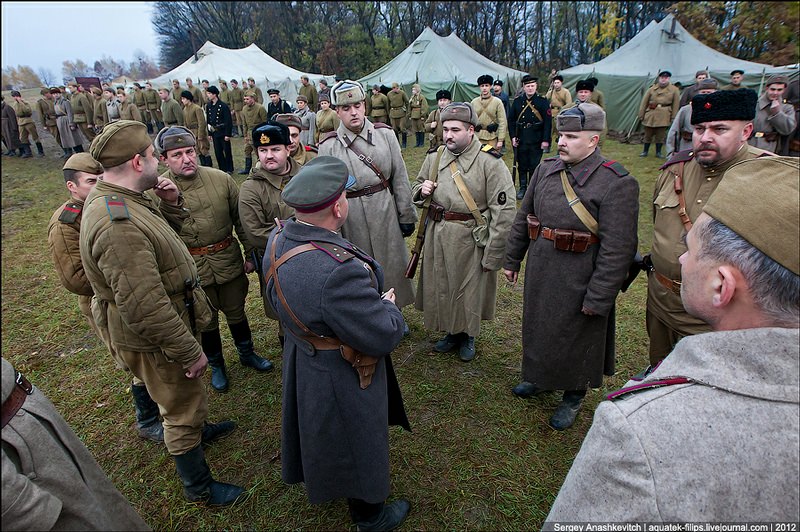
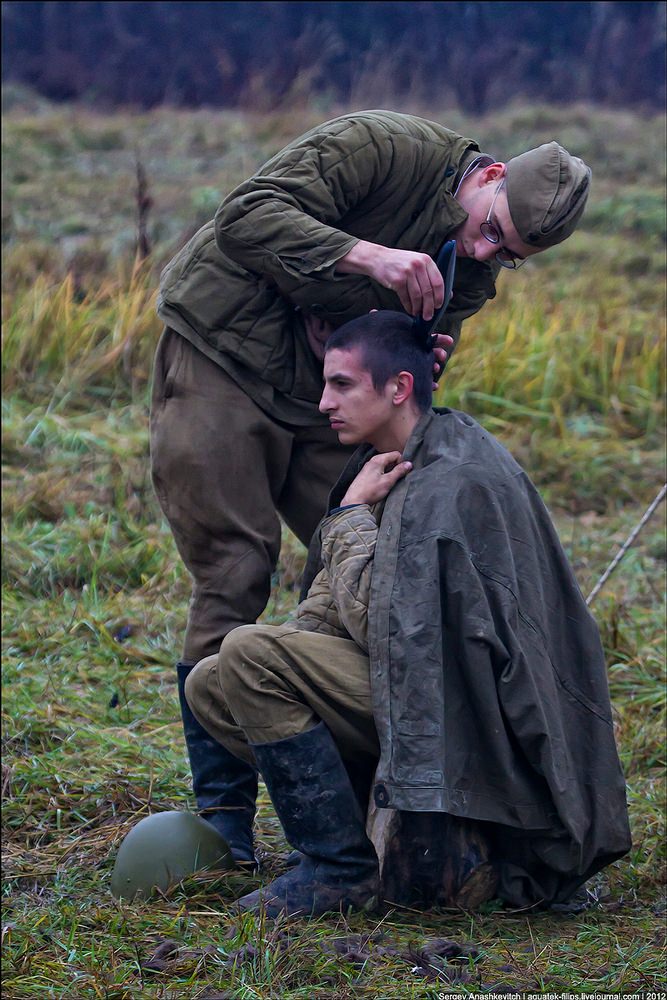
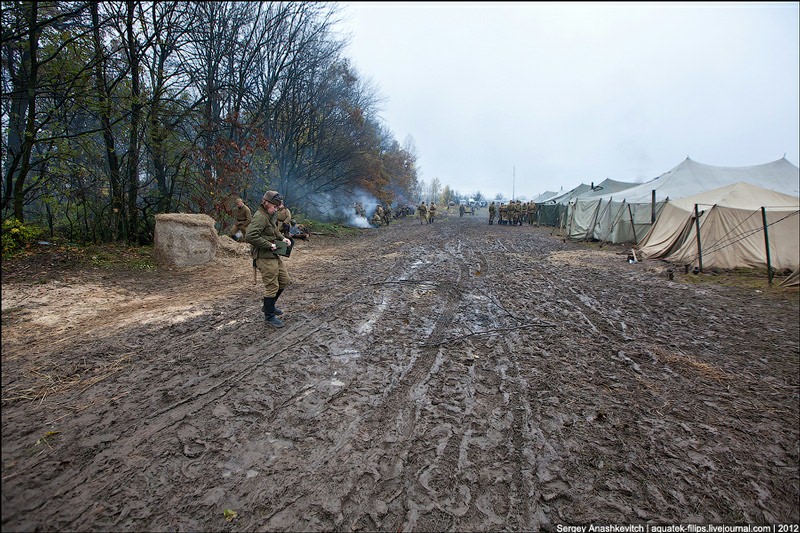
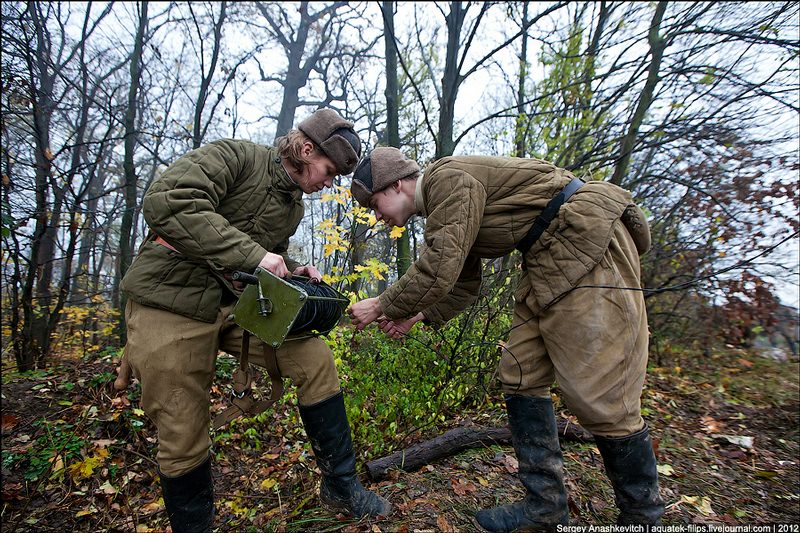
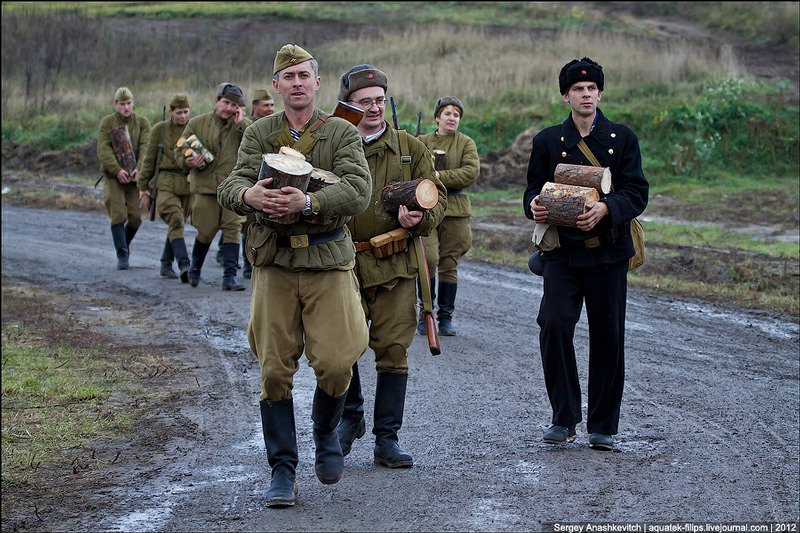
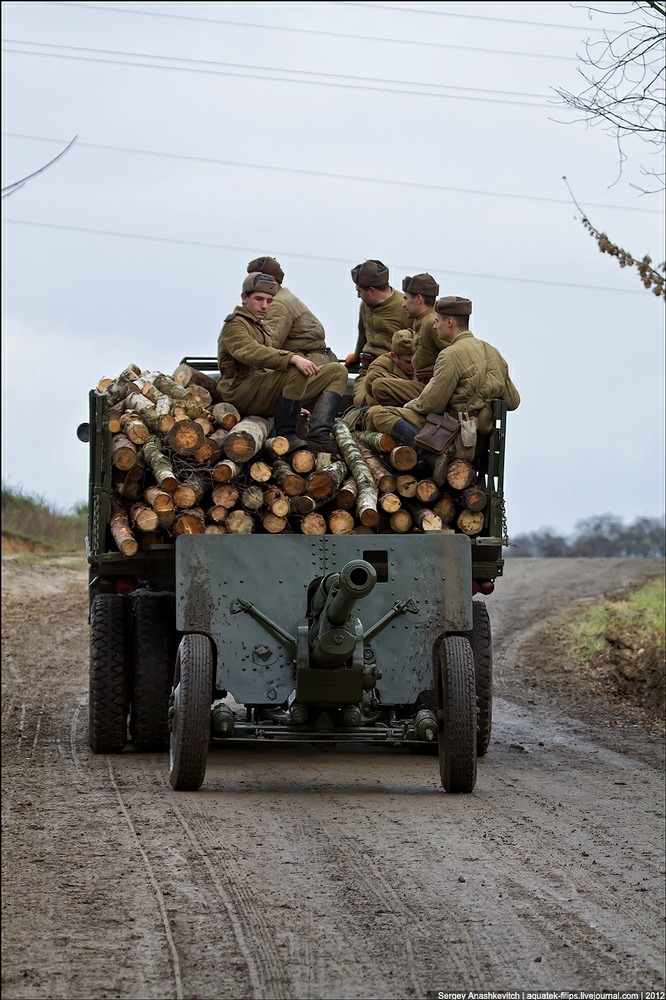
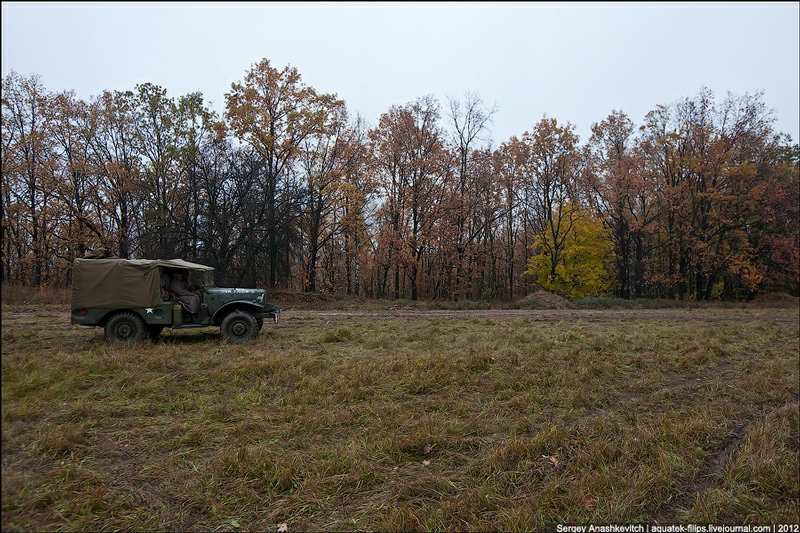
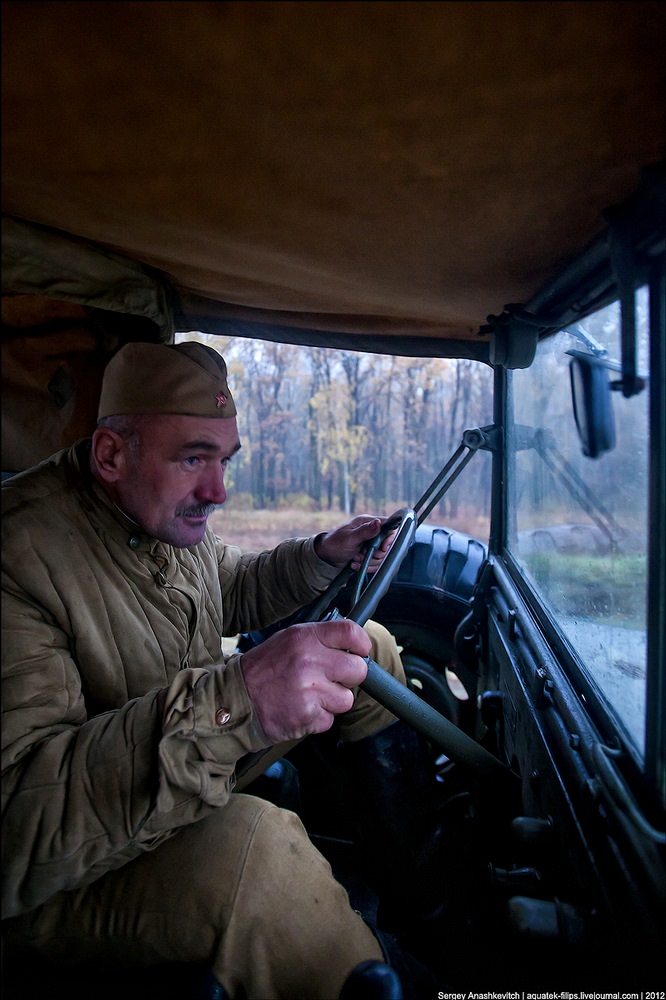
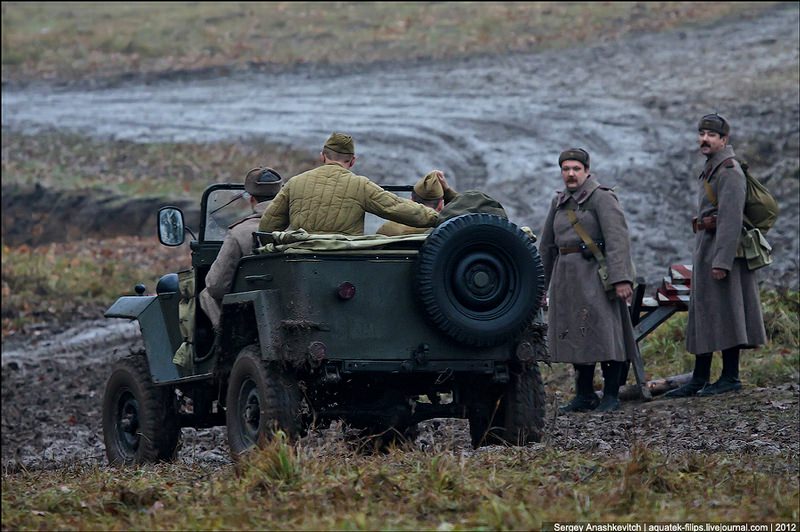
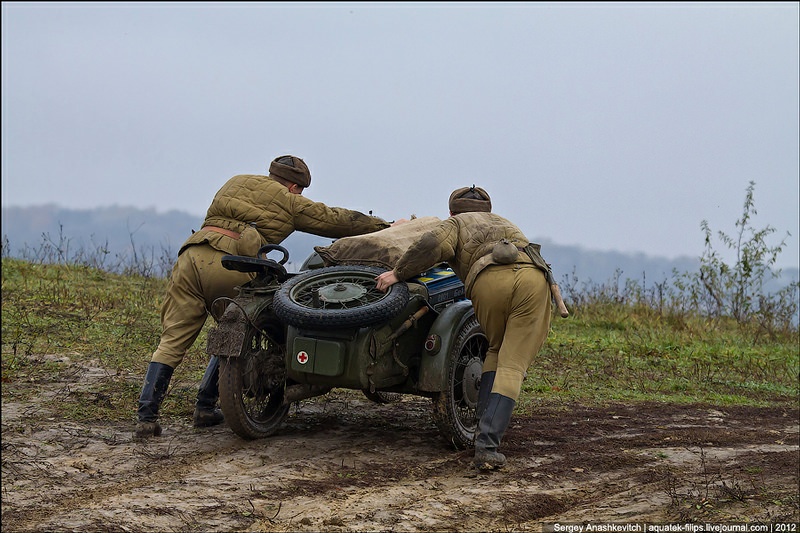
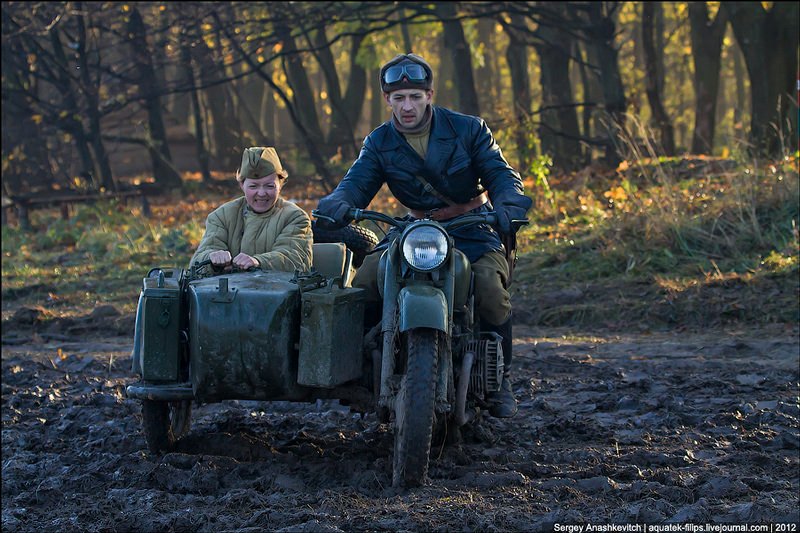
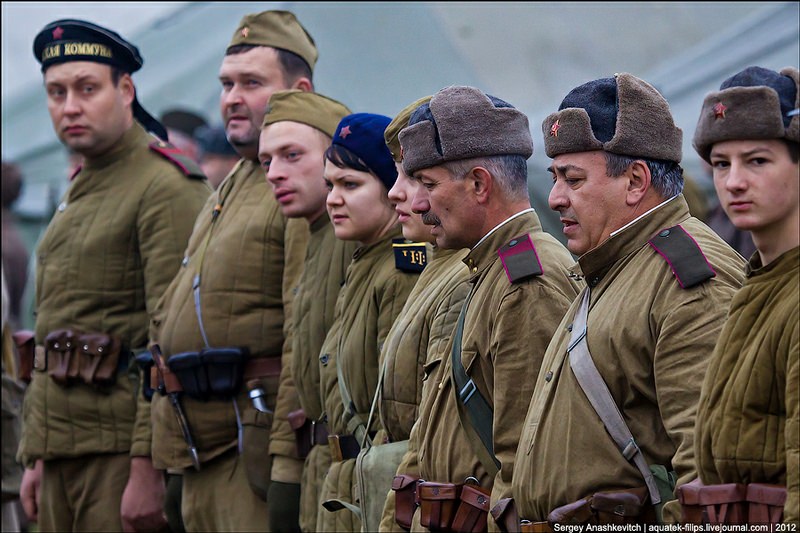
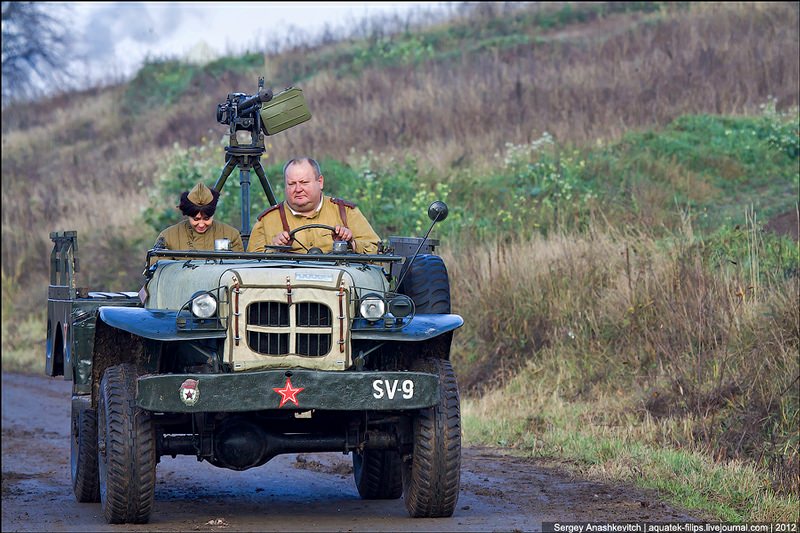
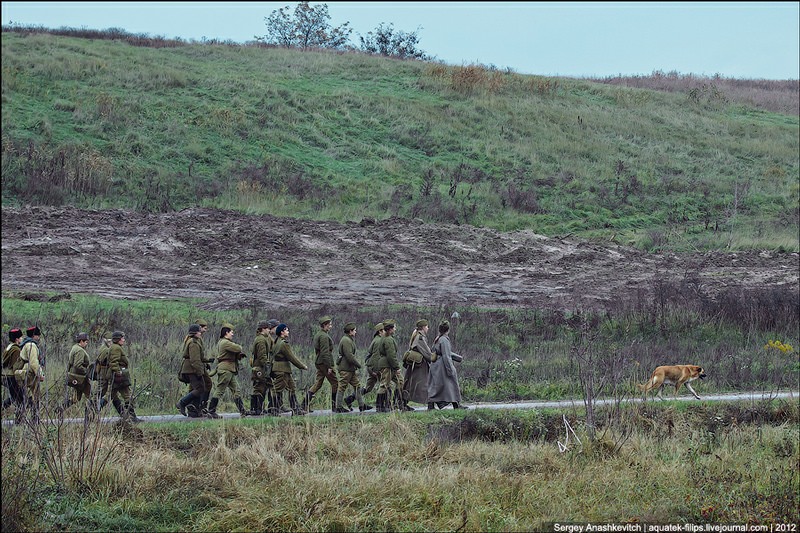
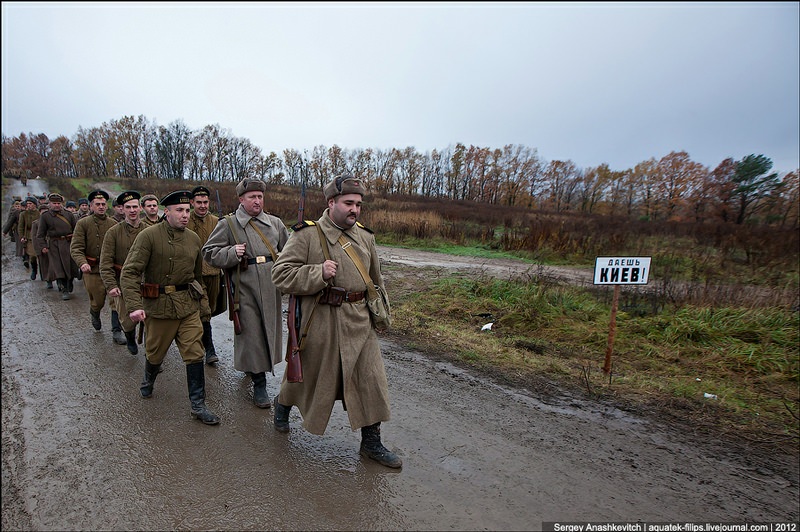
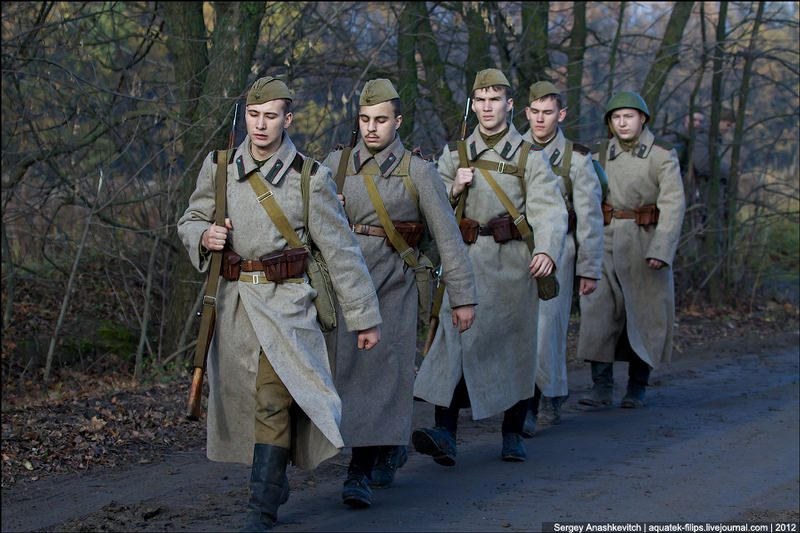
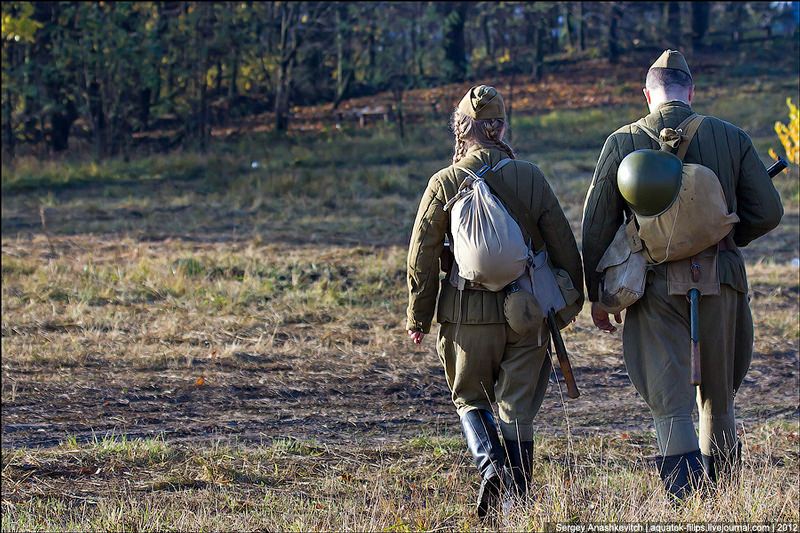
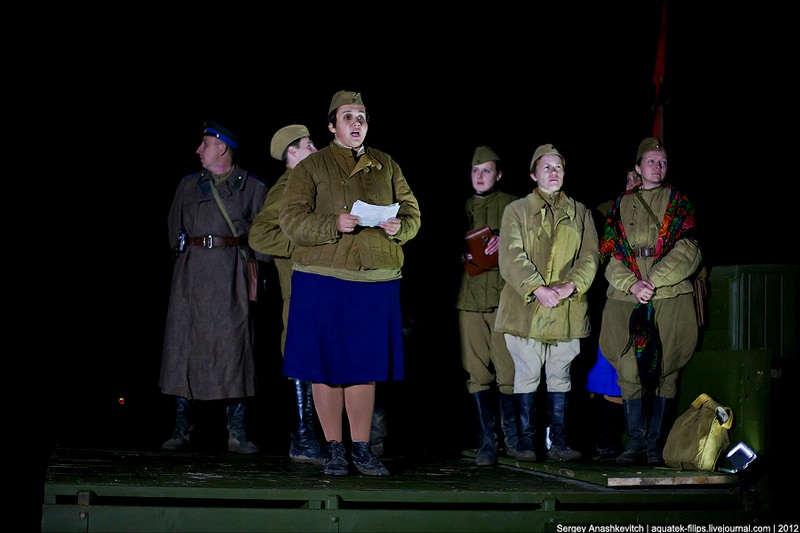
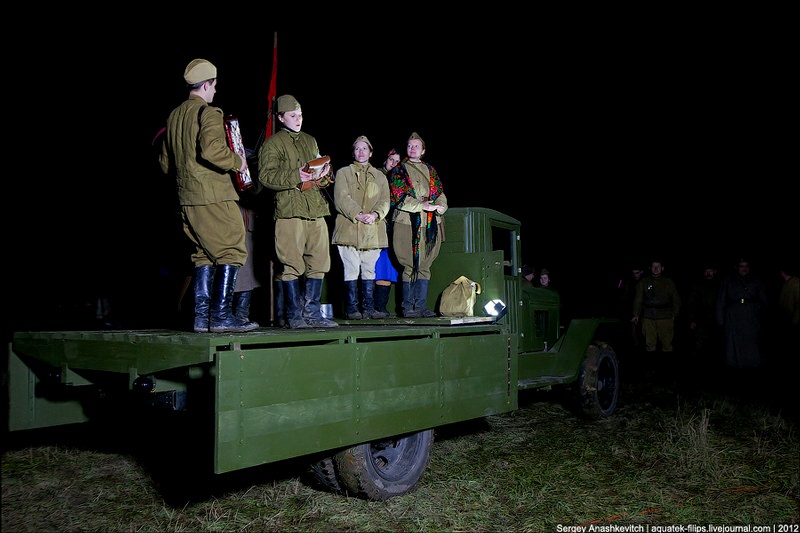
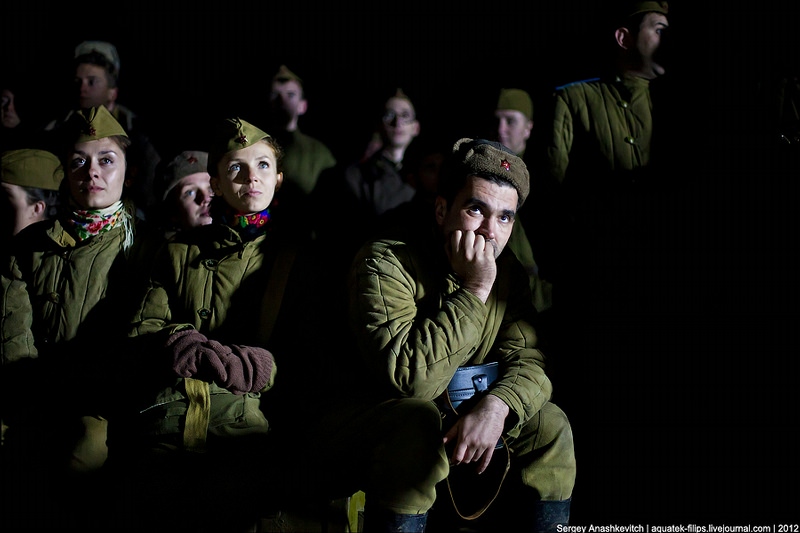
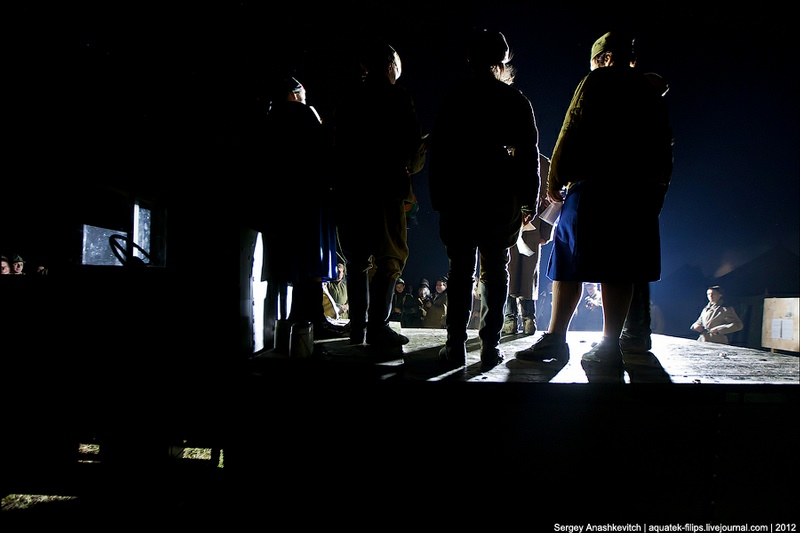
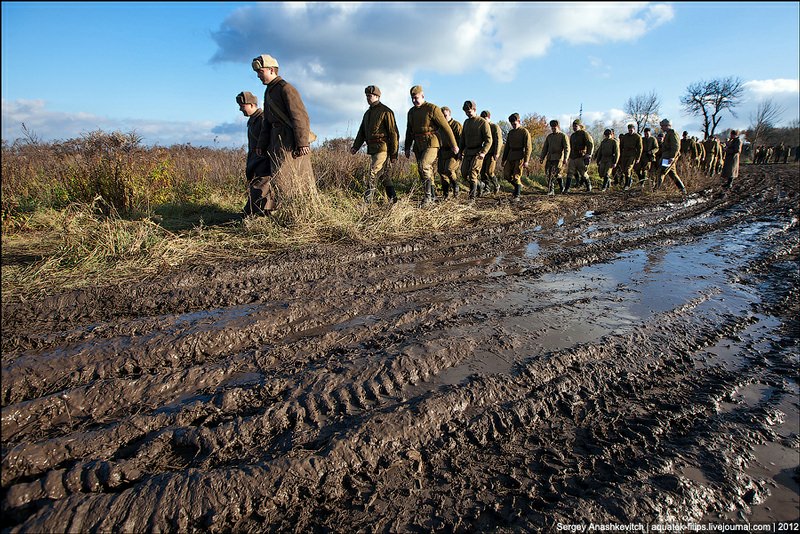
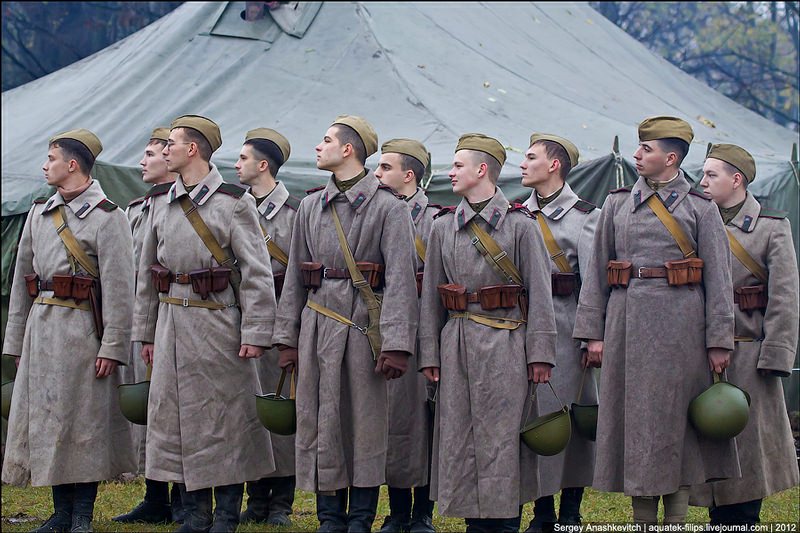
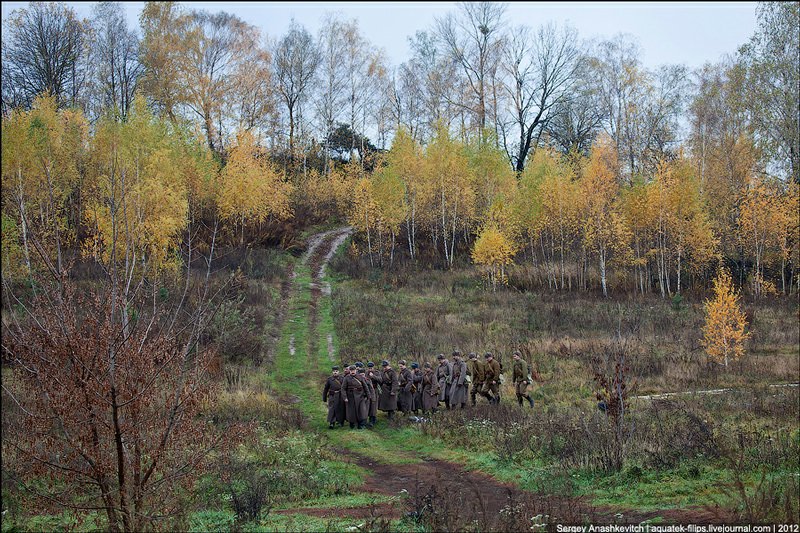
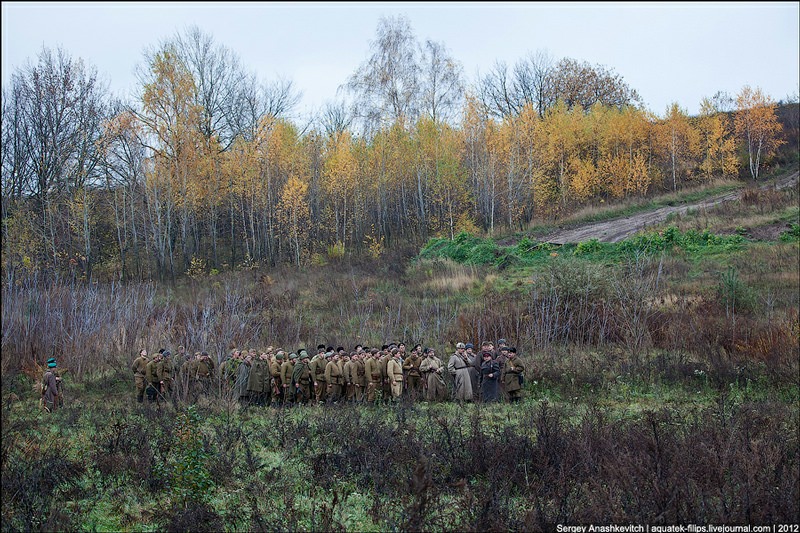
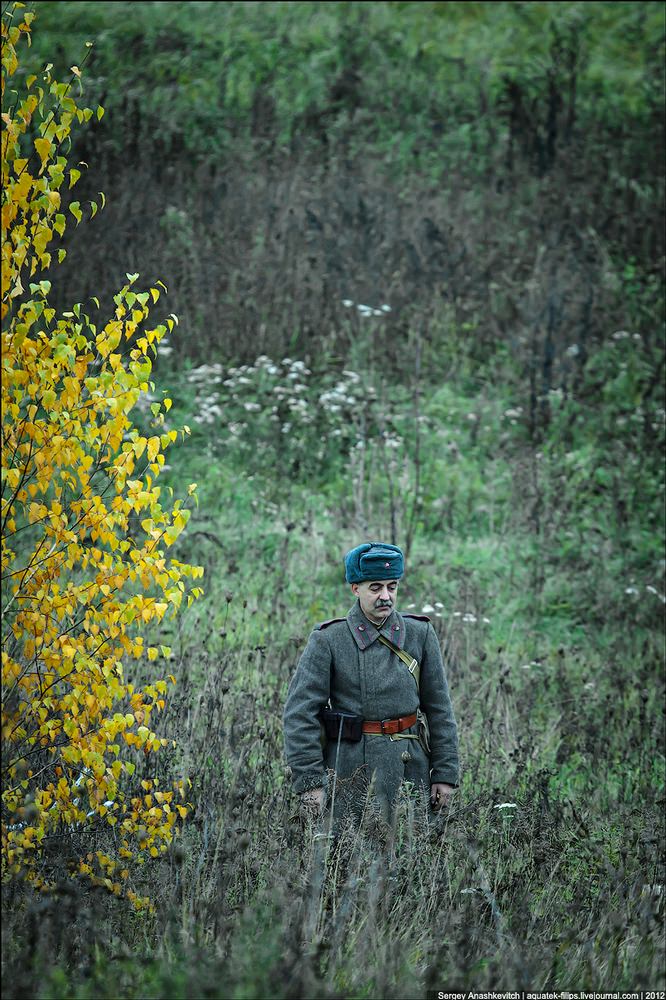
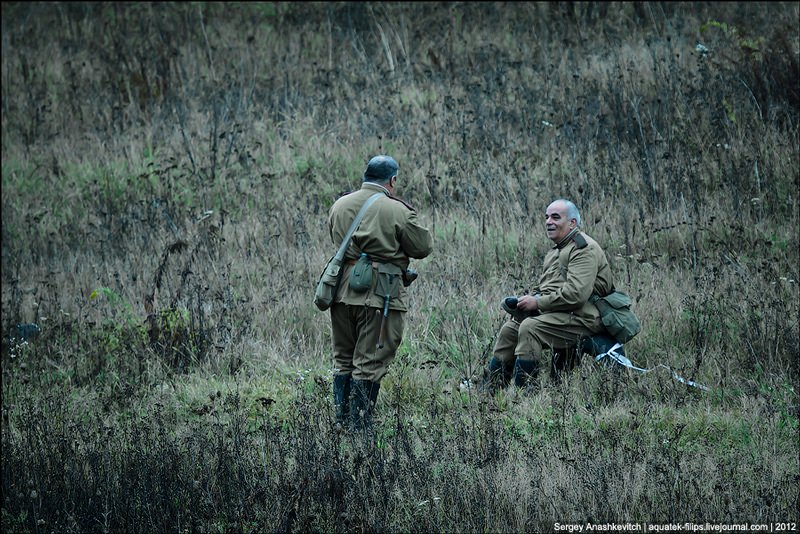
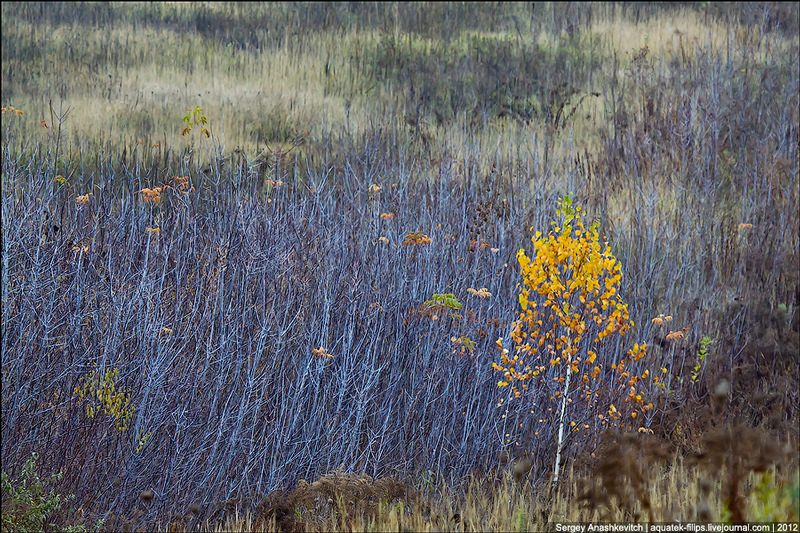
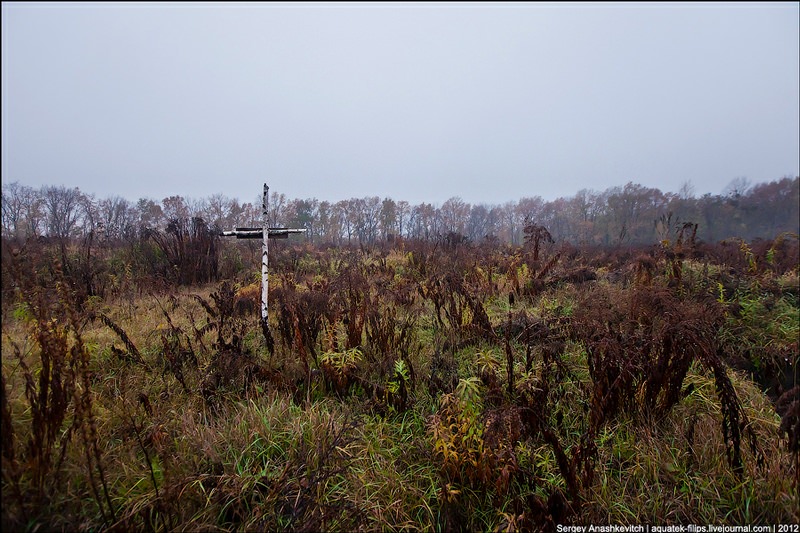
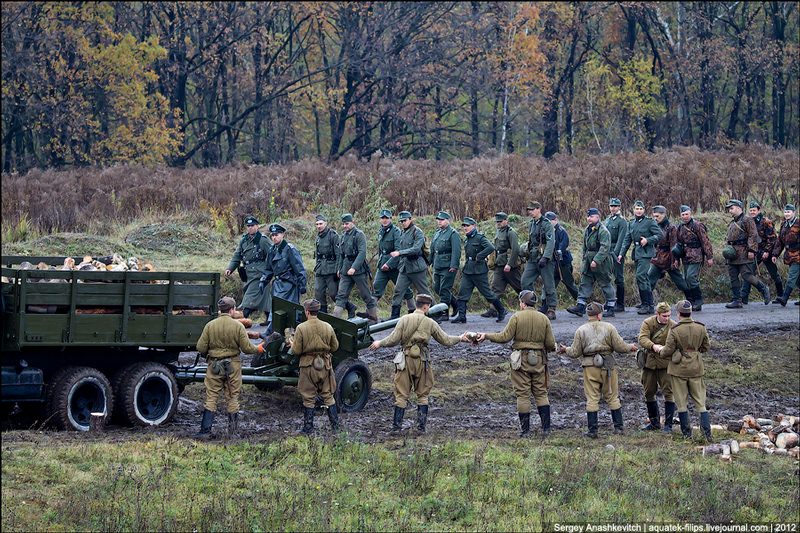
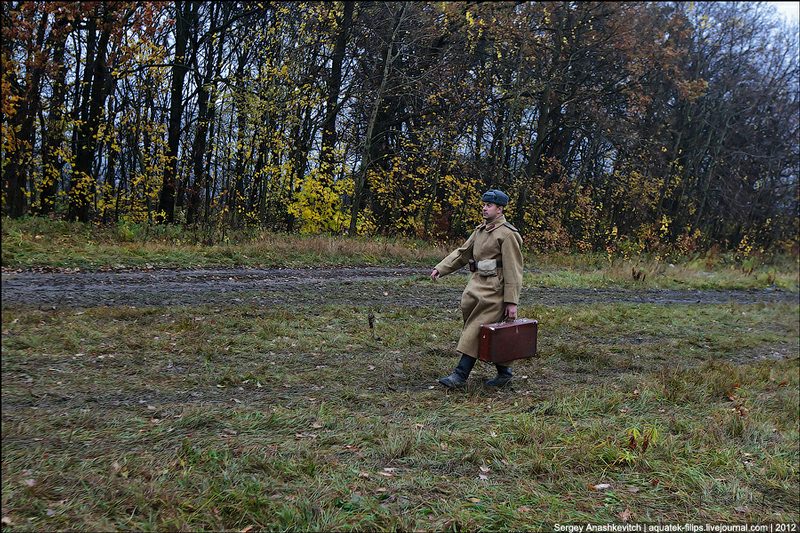
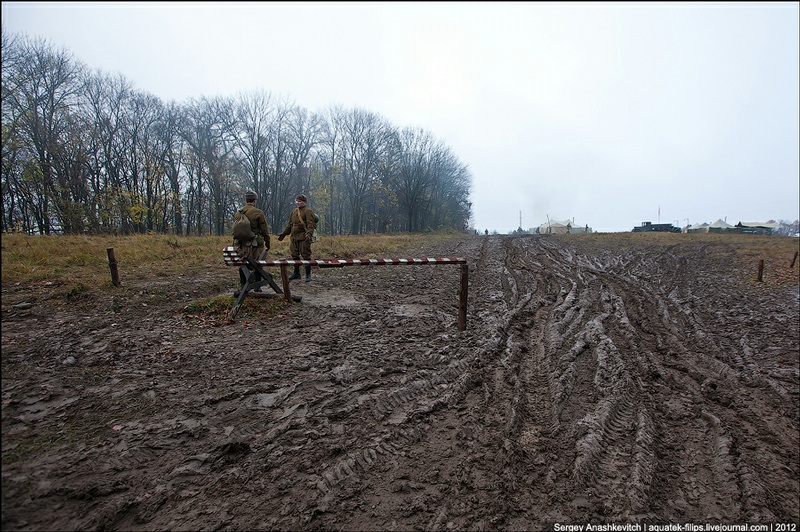
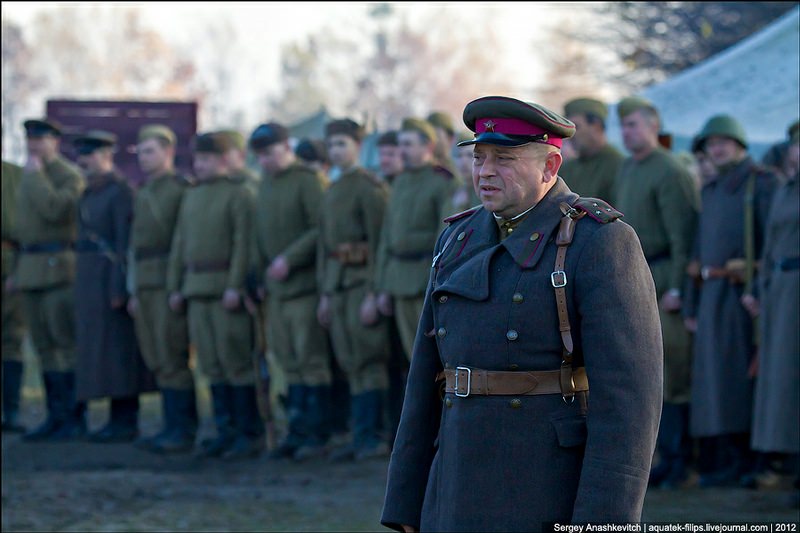
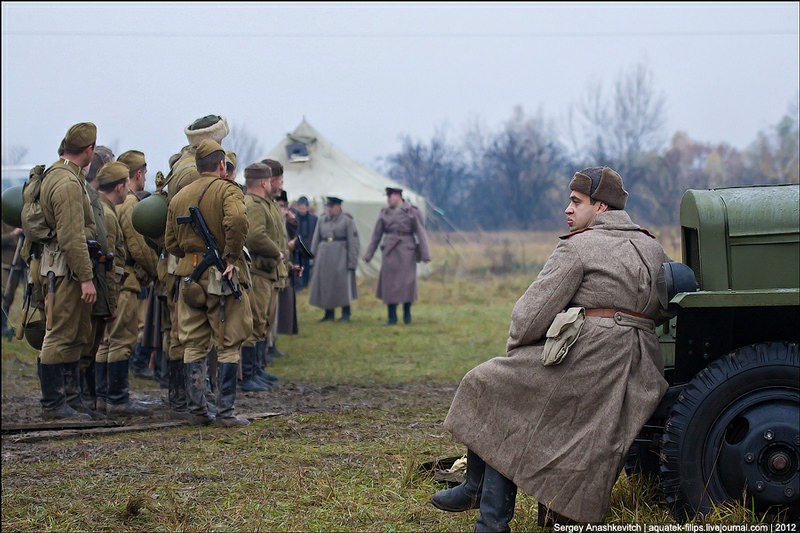
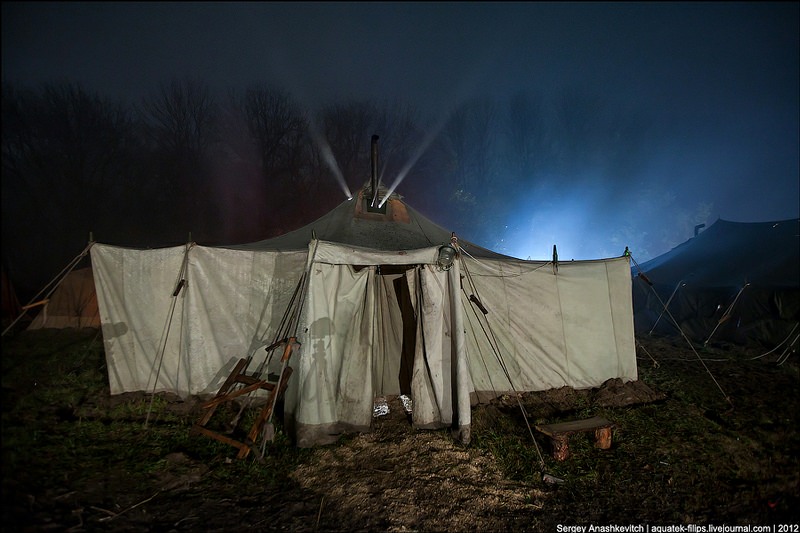
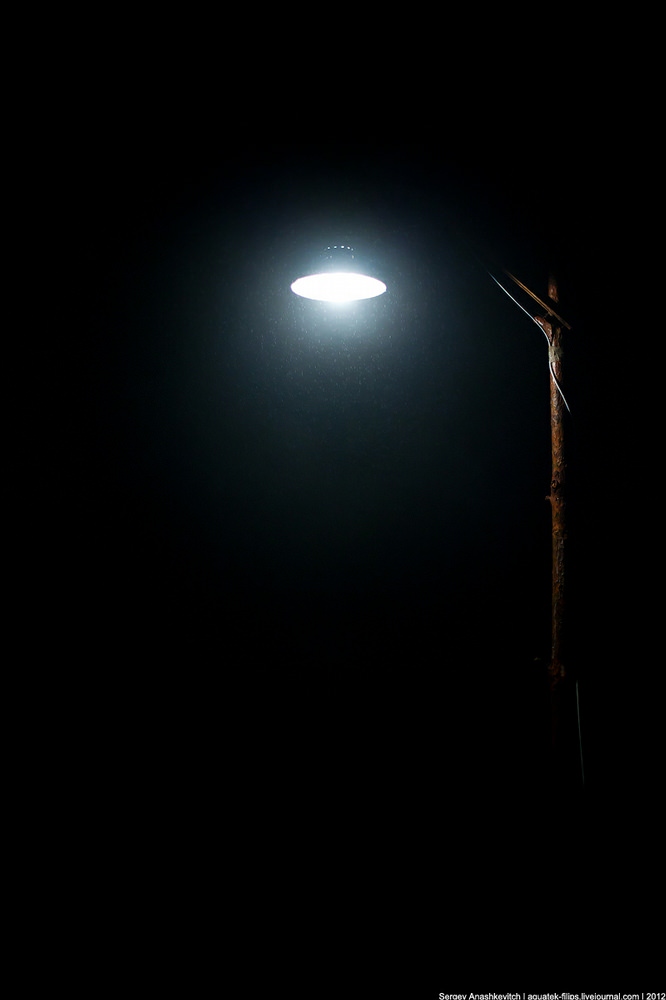
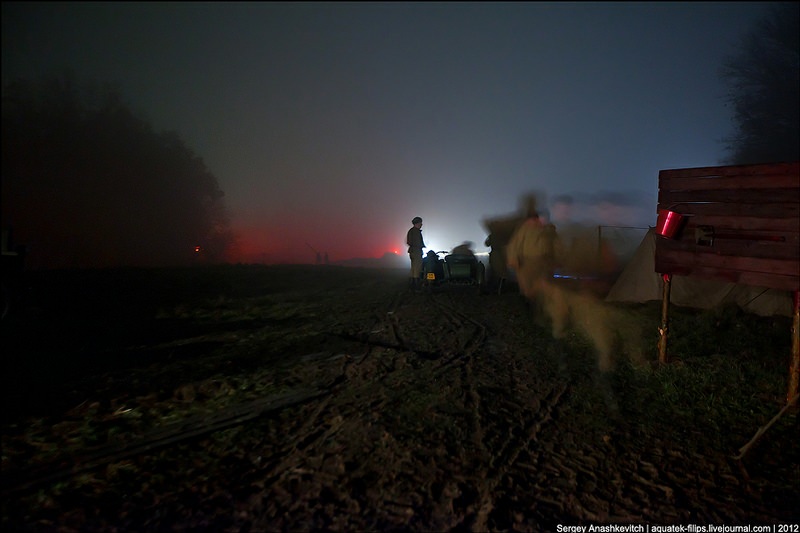
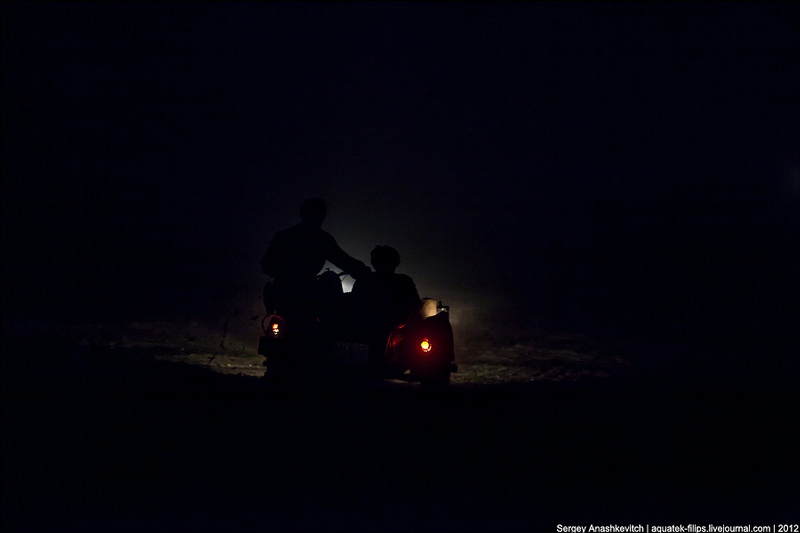
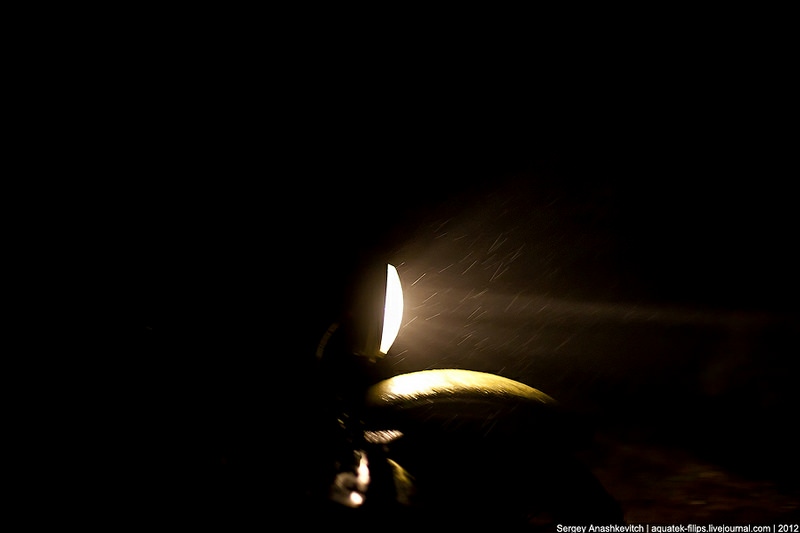
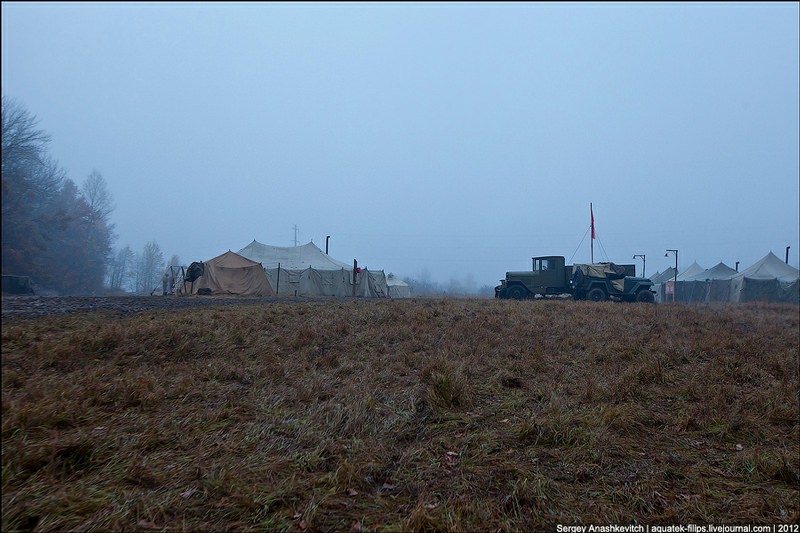
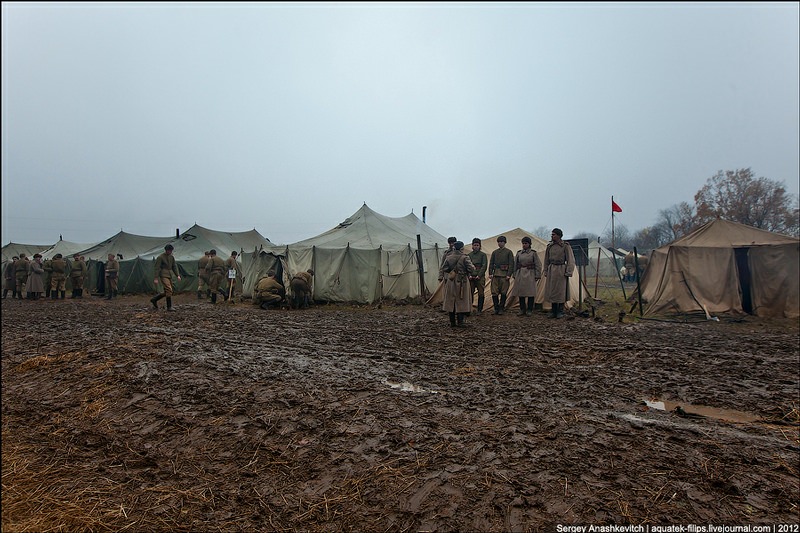
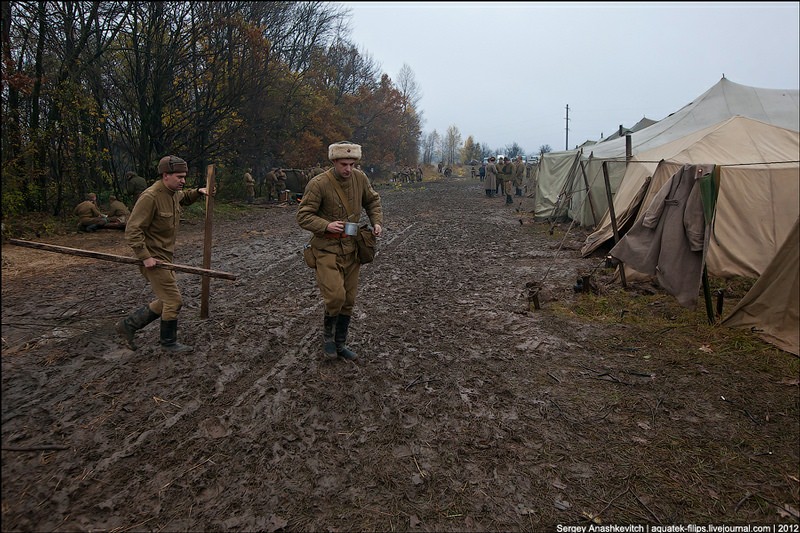
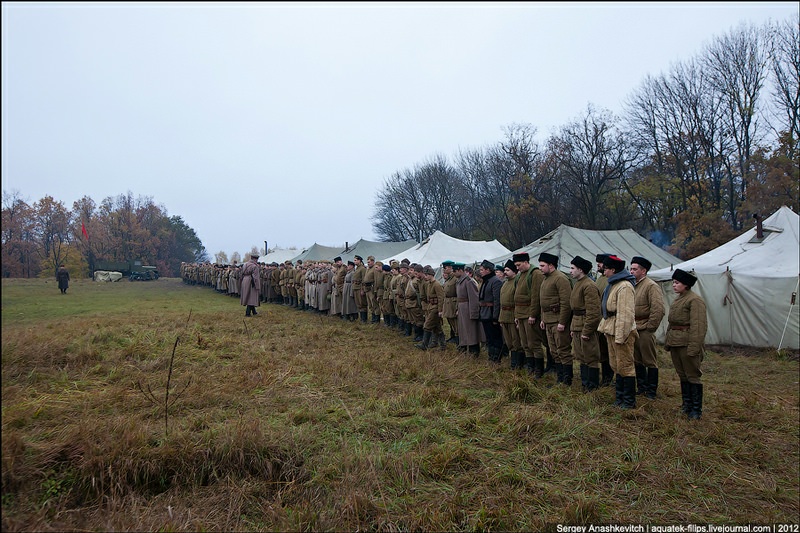
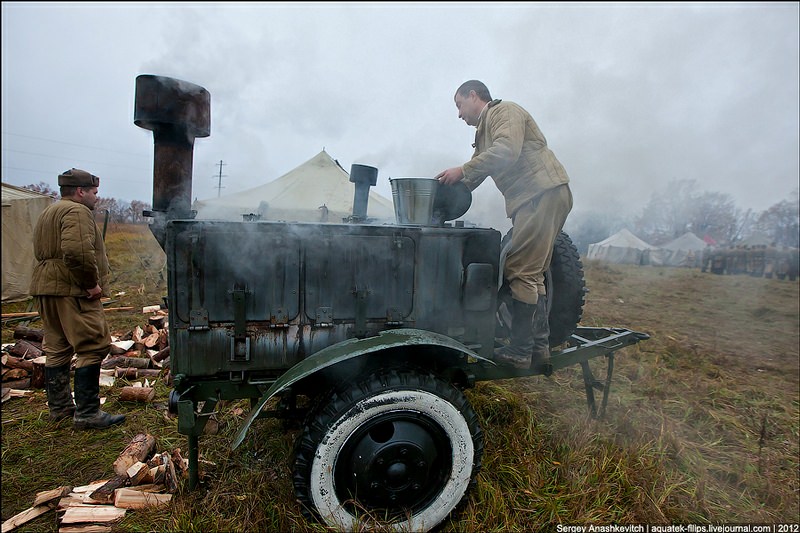
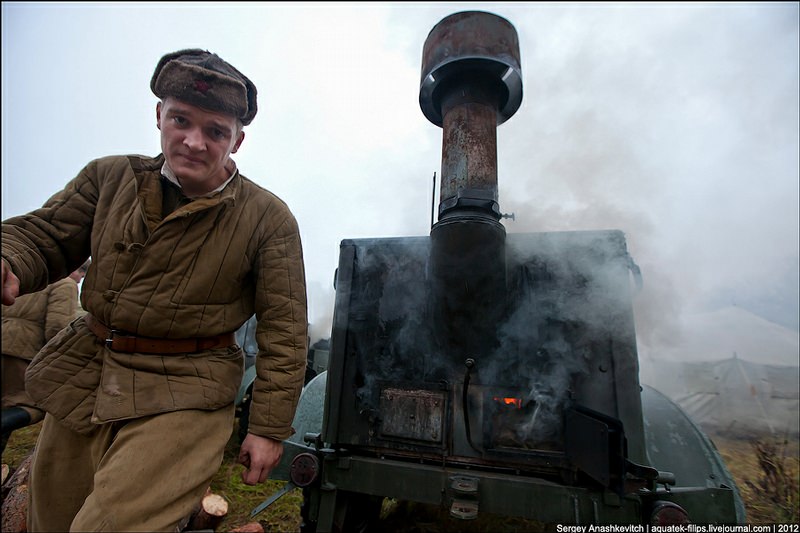
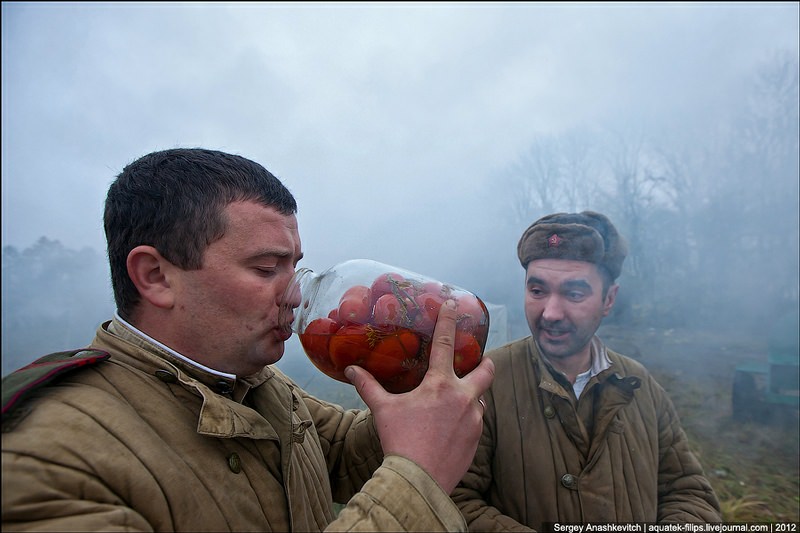
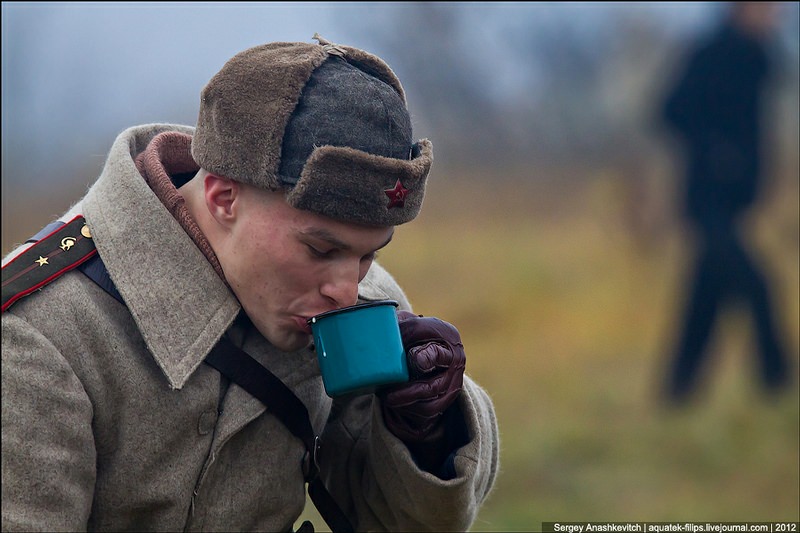
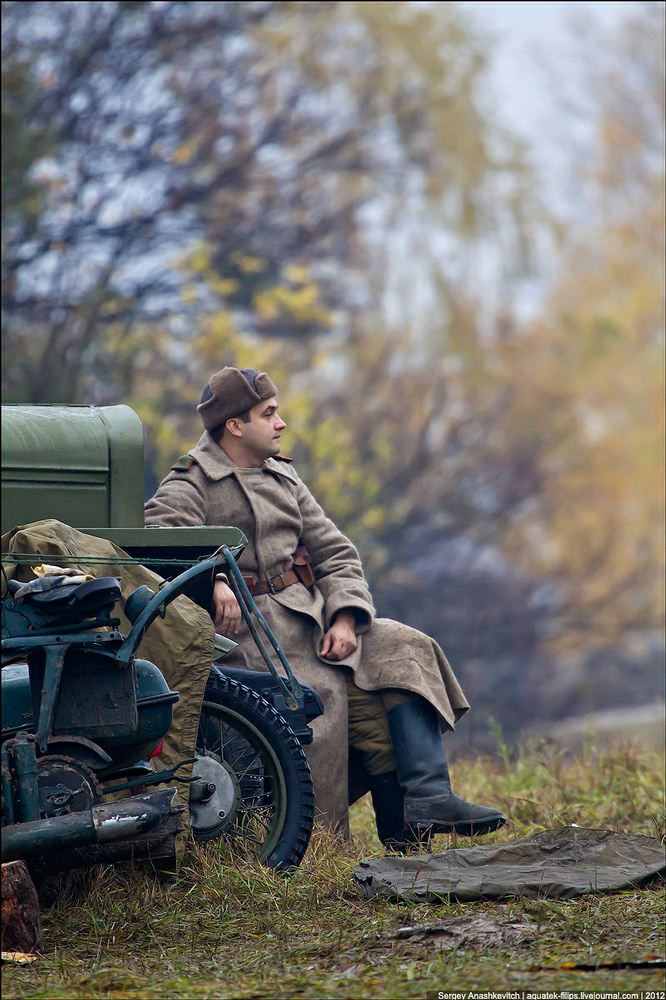

This doesn´t like 1943 at all more like a reenactment